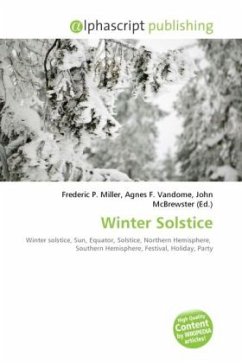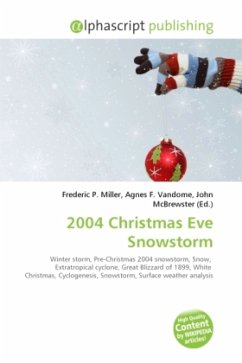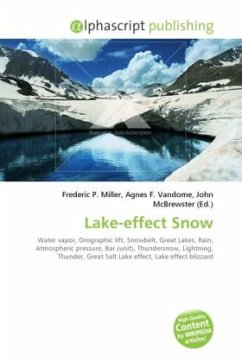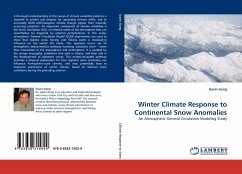The Winter Solstice occurs at the instant when the Sun's position in the sky is at its greatest angular distance on the other side of the equatorial plane from the observer's hemisphere. This is the moment when the northern tip (for the Northern Hemisphere) or the southern tip (for the Southern Hemisphere) of the earth's axis is pointed the farthest away from the sun. The seasonal significance of the winter solstice is in the reversal of the gradually lengthening nights and shortening days. Depending on the shift of the calendar, the winter solstice occurs some time between December 21 and December 22 each year in the northern hemisphere, and between June 20 and June 21 in the southern hemisphere, during the shortest day or longest night of the year. Though the winter solstice lasts an instant, the term is also colloquially used like "midwinter" to refer to the full 24-hour period of the day on which it occurs.
Bitte wählen Sie Ihr Anliegen aus.
Rechnungen
Retourenschein anfordern
Bestellstatus
Storno








